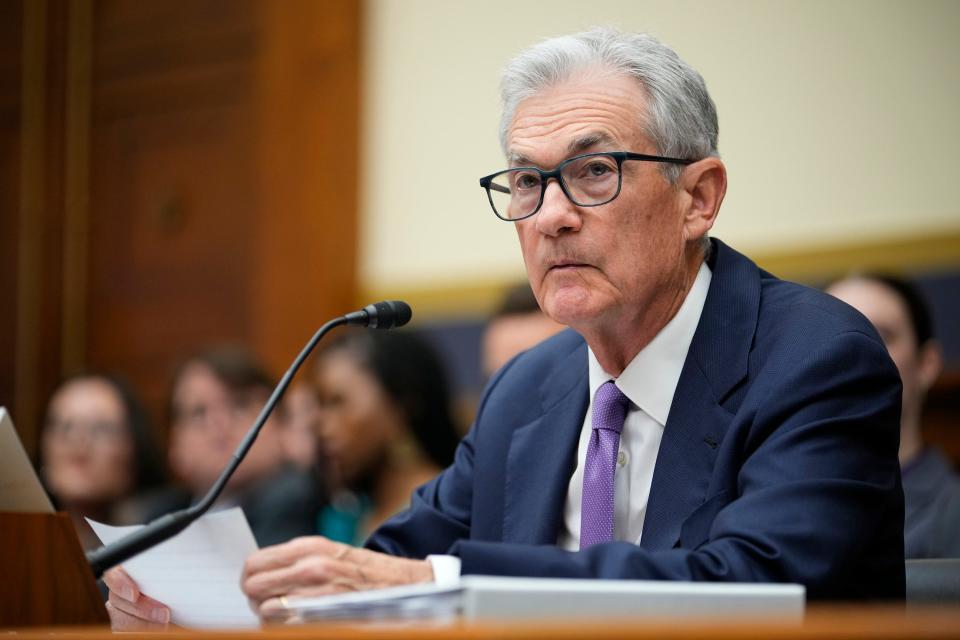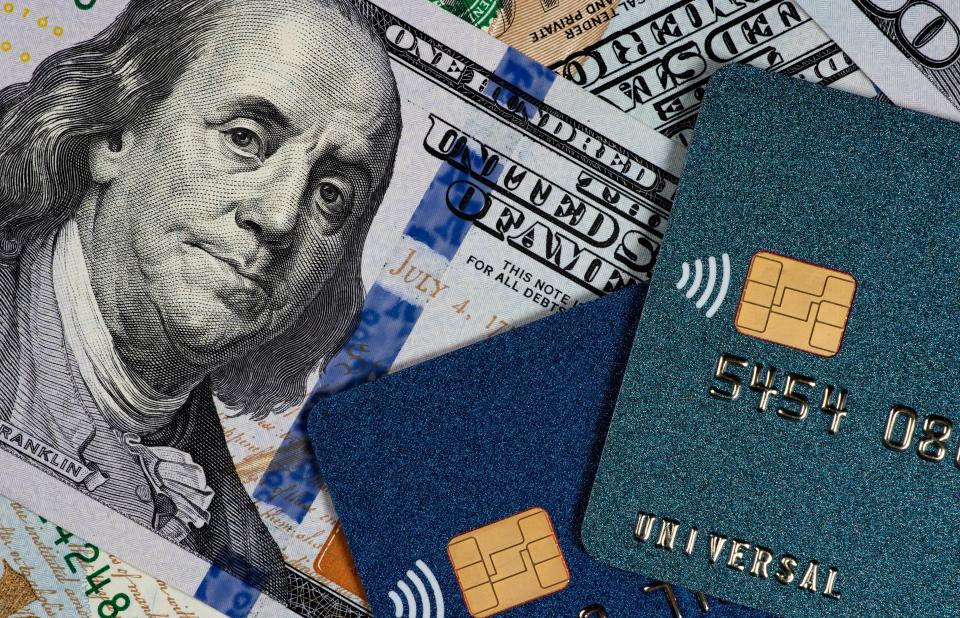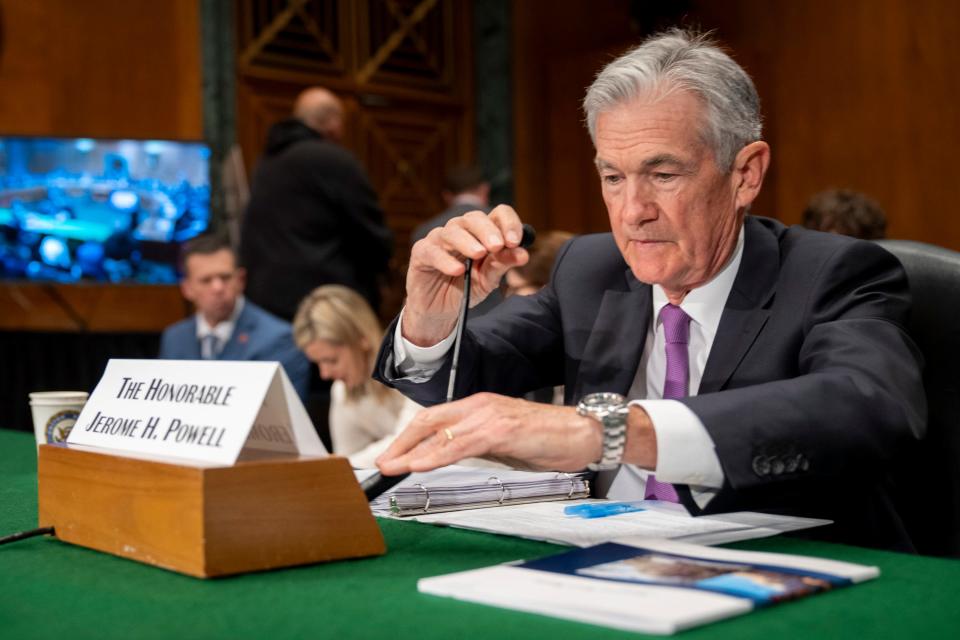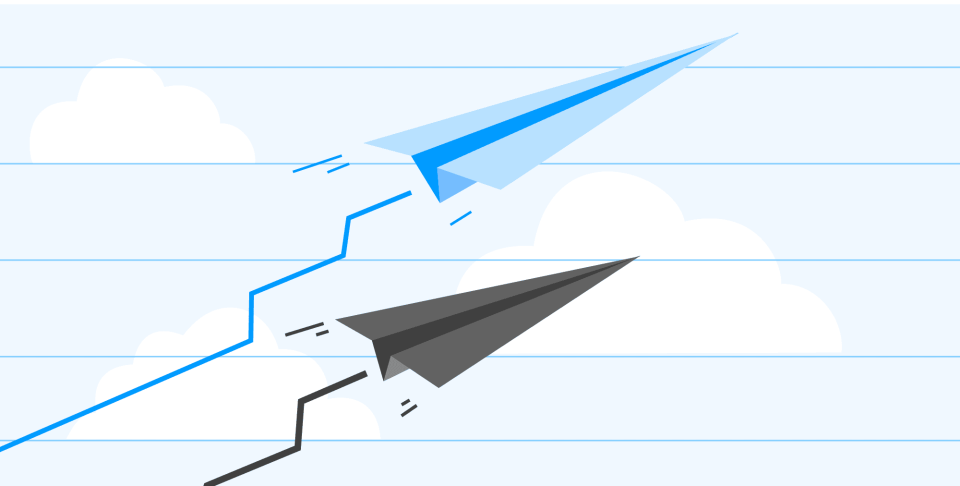Fed Chair Powell says interest rate cuts won’t start until inflation approaches this level
Federal Reserve Chair Jerome Powell said Wednesday the central bank won’t begin cutting its key interest rate “until it has gained greater confidence that inflation is moving sustainably toward” its 2% goal, noting the move will likely occur “at some point this year.”
His comments, in prepared remarks he delivered before the House Financial Services Committee at 10 a.m., echo those he made at the Fed’s last meeting in late January.
In the text, Powell said inflation “has eased substantially” and he did not mention a recent rebound in monthly price increases that led some economists to push back their forecast for the first rate decrease to later in the year. That could be a positive signal that Fed officials are not overly concerned by the price spike.

Responding to questions from committee members, Powell added, "because the economy has been so strong we think we can and should be careful" about slicing rates. He added the Fed wants "to see more good inflation readings" to feel confident that the recent pullback in price gains won't stall or reverse.
'Losing my mind' Behind the gaudy job numbers, Americans are struggling to find work
What is the inflation rate in 2024?
In January, inflation overall rose 0.3% while a core measure that excludes volatile food and energy items increased 0.4%, both substantially higher than the recent trend, according to the personal consumption expenditures index, the Fed’s preferred gauge.
But those readings still pushed down annual inflation to 2.4% and the core yearly measure to 2.8%. Personal consumption expenditures inflation peaked at a 40-year high of 7% in June 2022.
On Wednesday, Powell said the risks of cutting rates too soon versus waiting too long have become more balanced now that inflation has moderated.
“Reducing policy restraint too soon or too much could result in a reversal of progress we have seen in inflation and ultimately require tighter policy to get inflation back to 2%,” Powell said in his prepared testimony. “At the same time reducing policy restraint too late or too little could unduly weaken economic activity and employment.”

What are interest rates today?
Futures markets now predict the Fed will start lowering its benchmark rate in June and trim it by a quarter percentage point four times, from a 22-year high of 5.25% to 5.5% to a range of 4.25% to 4.5%. From March 2022 to July 2023, the Fed hoisted its federal funds rate from near zero to wrestle down inflation.
Will home interest rates go down in 2024?
Lowering the Fed’s key short-term rate would reduce borrowing costs for mortgages, credit cards, auto loans and other types of consumer and business loans, though it would also trim bank savings rates that finally have delivered healthy yields after years of meager returns. The prospect of Fed rate cuts has propelled the stock market to record highs.

With inflation slowing, the Fed has held its key rate steady for four straight meetings since July. And late last year, Fed officials forecast three rate cuts this year.
In his testimony, Powell noted that the economy and job market have continued to grow solidly. The economy grew 3.1% from the fourth quarter of 2022 to the fourth quarter of 2023 and monthly job growth has averaged 239,000 since the middle of last year, Powell said.

Is there going to be a recession in 2024?
Powell said the Fed is on track to achieve a “soft landing” in which it tames inflation without tipping the economy into recession.
“There’s no reason to think the U.S. economy is… at risk of falling into recession,” Powell said, noting that growth has continued “at a solid pace.”

But he added that officials won’t announce at any point that the nation has dodged a downturn. “We’re just going to keep our head down and do our job,” Powell said. “We won’t be declaring victory.”
He also largely dismissed suggestions that the Fed should raise its inflation goal above 2%, as some countries have done.
Noting overall inflation is at 2.4%, he said, “There’s no reason to think it's a problem for the United States to get to 2% inflation.”
Paul Davidson writes about the economy for USA TODAY.
This article originally appeared on USA TODAY: Fed interest rate cuts? Where Powell says inflation must be to start